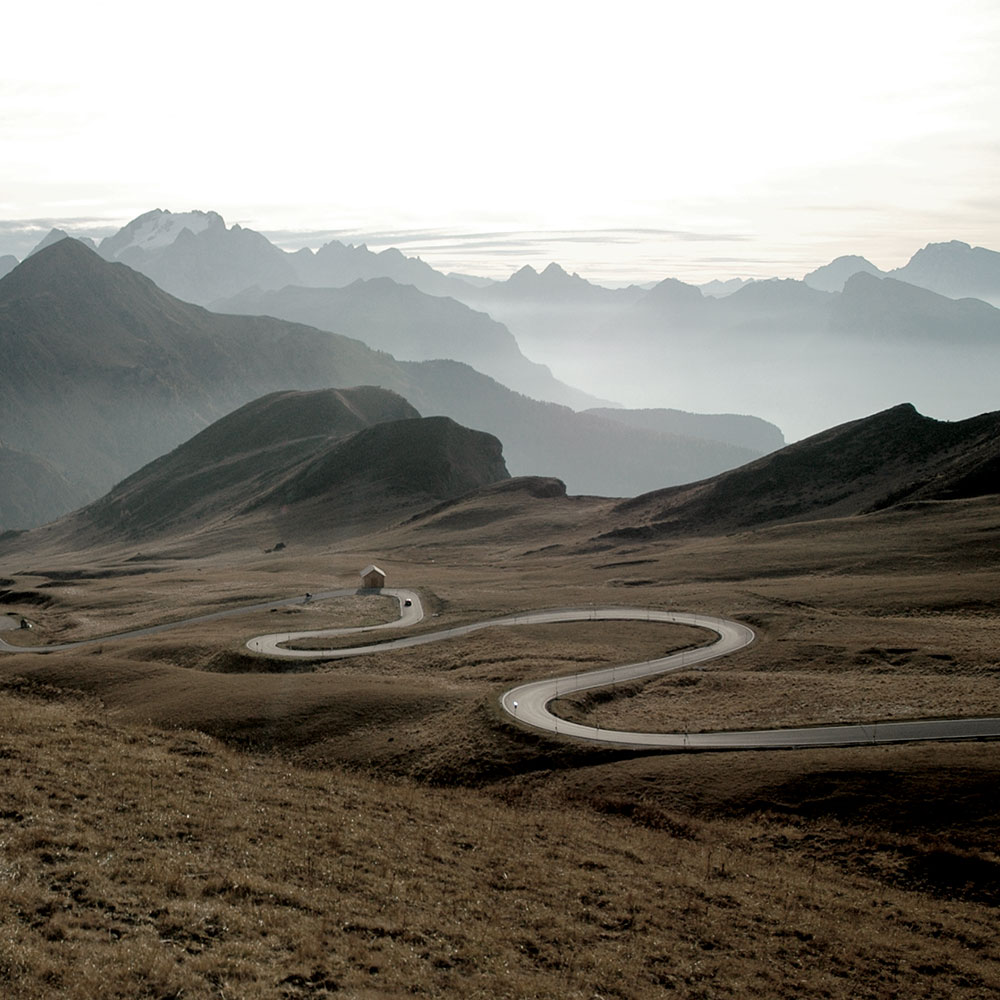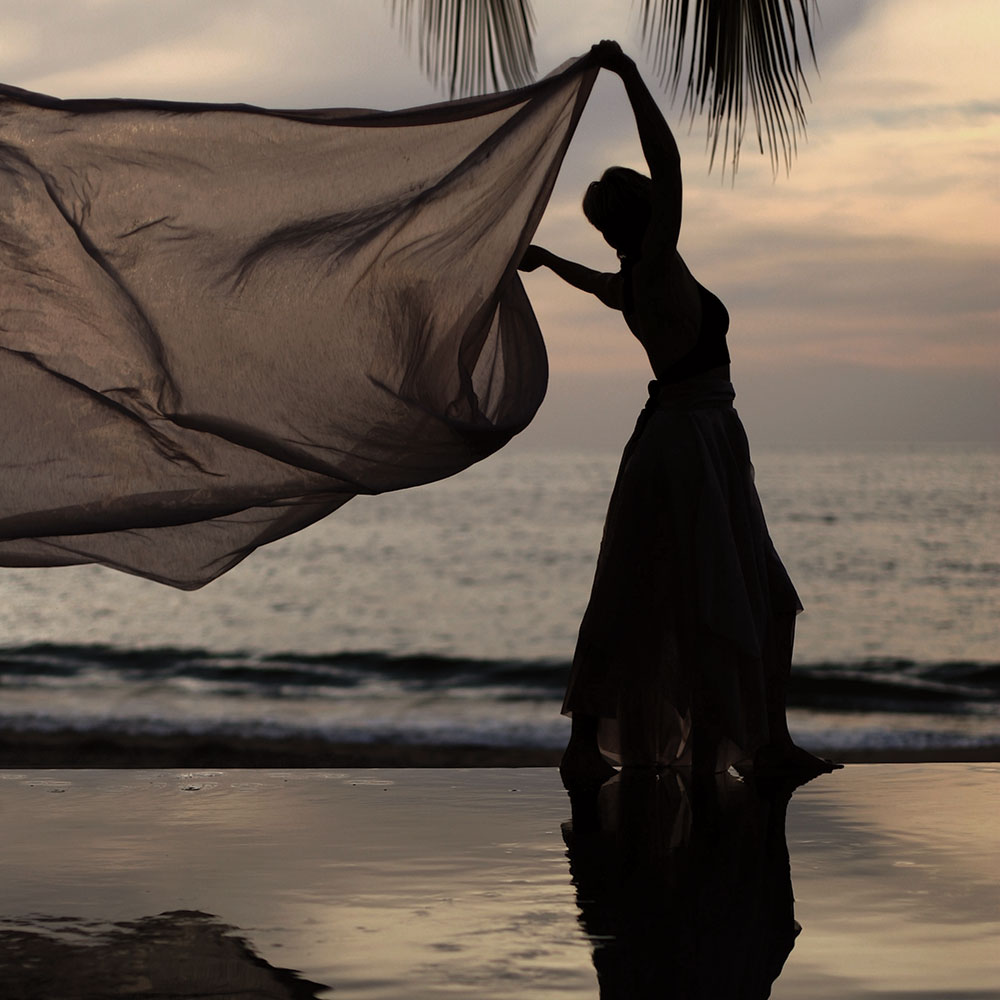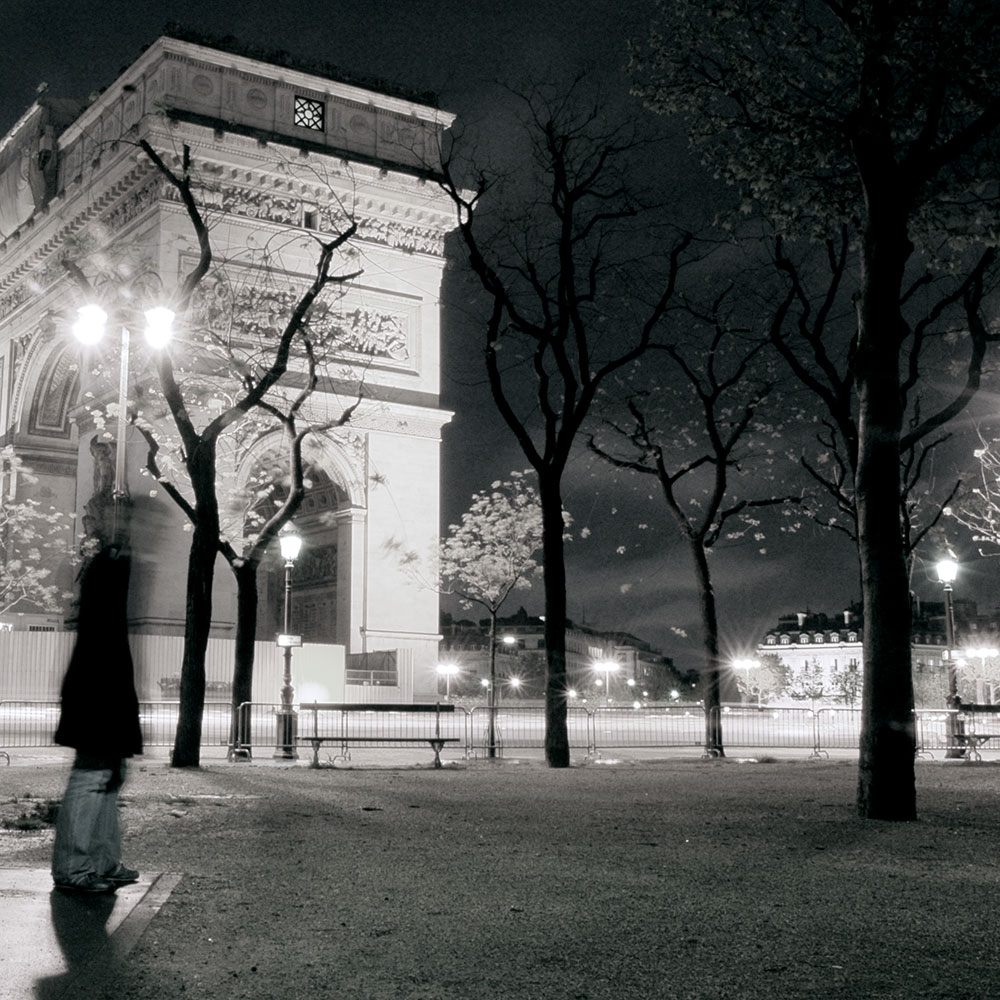Second in size in South America only to Brazil, Argentina dominates the continent with offerings larger than life—towering Andes in the west, endless Atlantic coastline to the east, and the sprawling glacial plains of southern Patagonia. For some, this is literally the end of the Earth, and for hundreds of years people across the globe have traveled here to lose themselves in a spectacular setting.
But every journey to Argentina begins in its fiery heart, Buenos Aires—a city of brazen gauchos, sensual tango, and world-class cuisine. Take a dance lesson in San Telmo and stroll through storybook streets of Spanish colonial architecture. And when you’ve had your fill of city life, head out of town and discover a land waiting to be explored.
Mendoza: Argentina’s most highly-rated Malbec wines originate from Mendoza’s high-altitude wine regions of Lujan de Cuyo and the Uco Valley, located 1.5 hours by plane west of Buenos Aires in the eastern foothills of the Andes.
Bariloche: Winter ski resort and summer mountain retreat, Bariloche is also the launch point for the only water passage through the Andes, a breathtaking cruise through the lakes district along the Chilean border that will take you to places few have seen.
Perito Moreno: Soaring 240 feet above the sea, 19 miles long and still growing, the Perito Moreno Glacier in Patagonia’s Los Glaciares National Park is a UNESCO World Heritage site. If you had to pick just one glacier to visit in your life, we’d recommend this one!
Insider Tip: Visit El Zanjon de Granados, a series of old tunnels, sewers, and cisterns built in the 18th century, which lie beneath modern Buenos Aires and provide the base for one of the city’s oldest settlements.
Fun fact: In the last decade, archaeologists in Argentina have made multiple discoveries of gigantic dinosaurs, Giganotosaurus—a genus of theropod dinosaur that lived during the Late Cretaceous period approximately 98 to 97 million years ago.



























